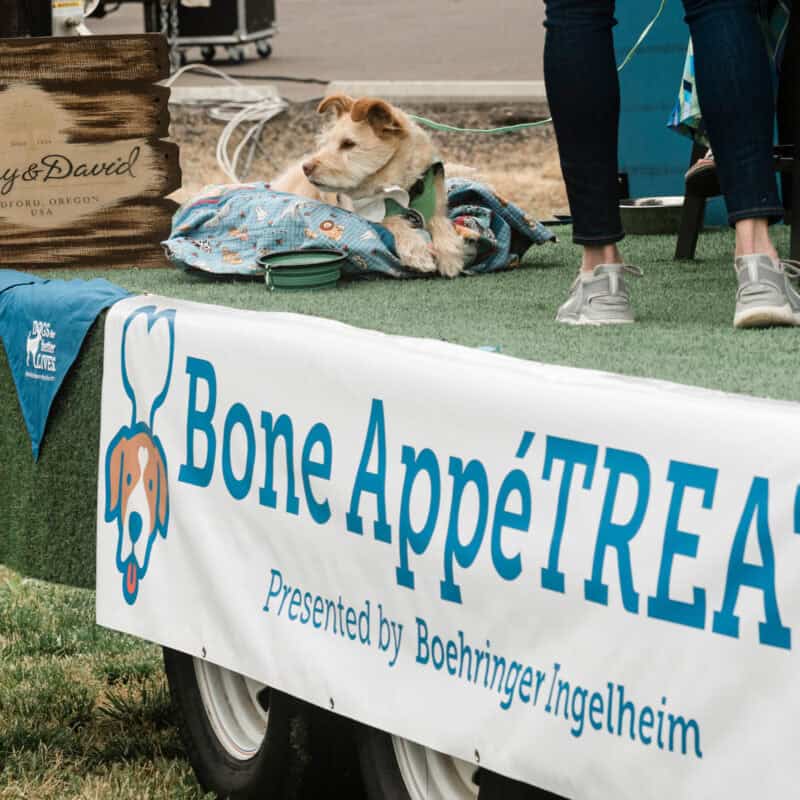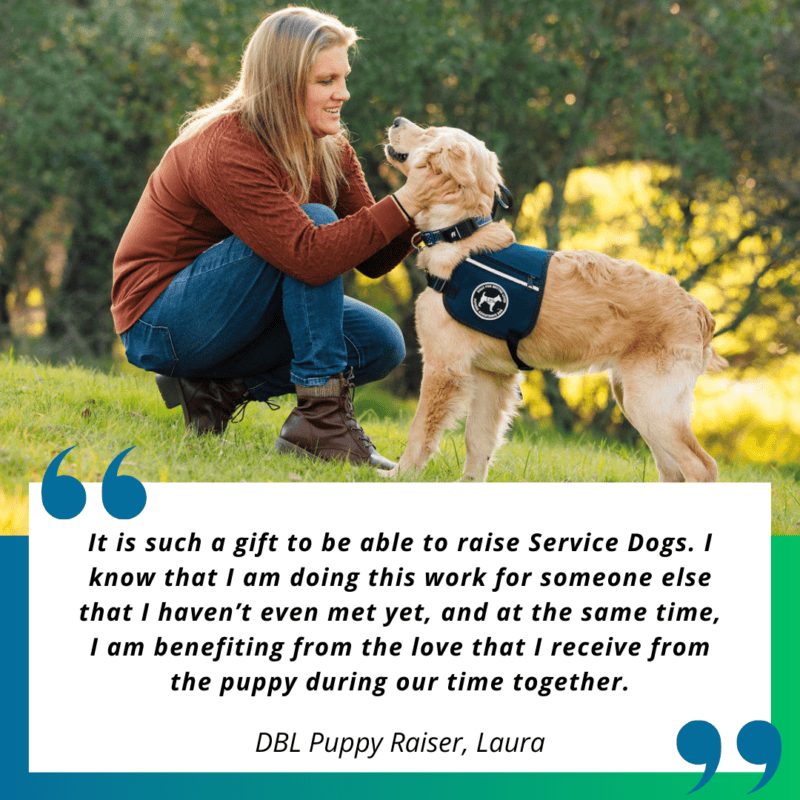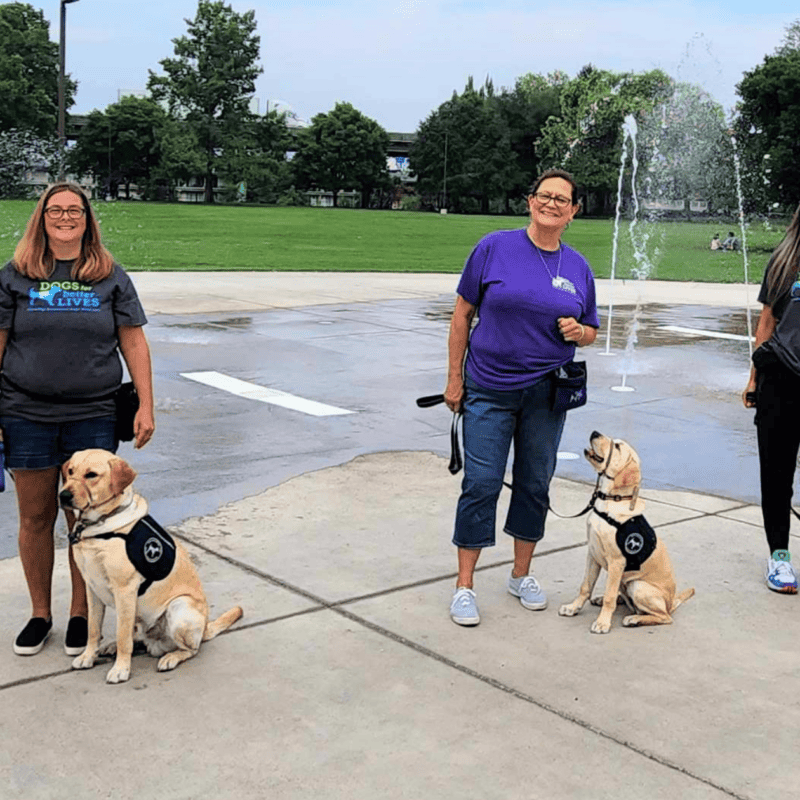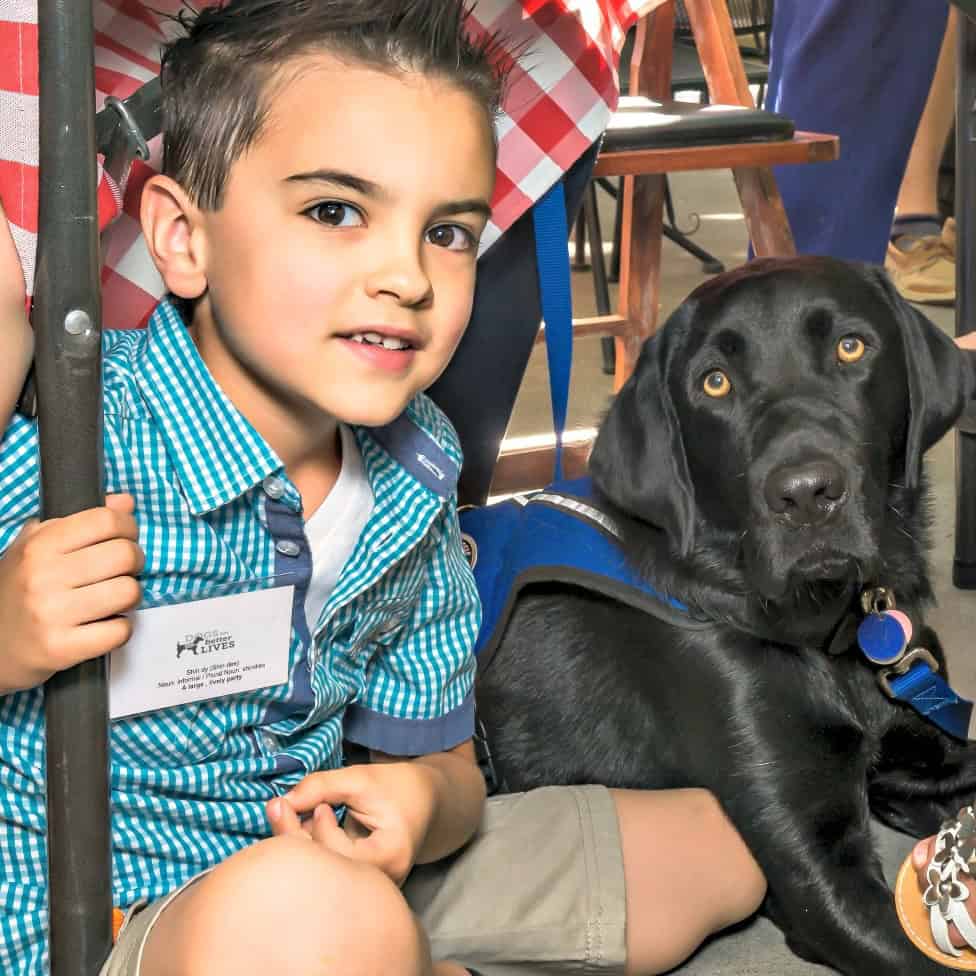It’s wildfire season in many parts of the United States, and if you live in a fire-prone region, you may be wondering how to keep your pets safe should a fire break out nearby or if wildfire smoke reduces air quality in your area. Just like with any natural disaster, it’s good to have a plan ahead of time so you’re ready if conditions change. Below are some things to consider for your own protocol.
Protect your Pets from Wildfire Smoke
- Improve air quality for your pets. Keep windows closed and use fans and an air purifier.
- Keep pets indoors as much as possible if there is significant air pollution. Have puzzle games or Kongs filled with peanut butter to channel extra energy. Keep bathroom breaks outside short and wait to exercise pets until dust/smoke has settled. Some pets have a higher risk than others, such as puppies/kittens, birds, senior pets, or snub-nosed dogs and cats.
- Know the signs of smoke inhalation and contact your vet if your pet experiences symptoms.
- Difficulty breathing
- Coughing or gagging
- Eye or nose irritation/watering
- Disorientation or fatigue
- Increased breathing rate
- Reduced appetite or thirst
Have an Evacuation Plan
- Update your pet’s collar ID or microchip. If you’ve moved or do not have an updated collar or microchip for your pet, make any updates to make it easier to reunite you with your pet if you become separated during an evacuation.
- Create a pet evacuation kit. Items to include:
- Two-week supply of any medicines
- One-week supply of dry or canned food for each pet
- One-week minimum supply of bottled water for each pet
- Food and water bowl
- Collars, tag, leash
- Medical records
- A photo of you and your pet, in case you need to be reunited
- Vet contact information
- Travel carrier
- Poop bags or clean-up supplies
- Favorite toys and blankets
- Know where to take your pets if you must evacuate. Evacuation shelters might NOT accept pets for health and safety reasons, so consider where you might be able to find another place for your pet to go. Contact friends, family, or hotels away from your immediate area to make arrangements in the event you need to evacuate.
 DBL’s Wildfire Plan
DBL’s Wildfire Plan
Our West Campus is located in southern Oregon, and we always take extra time annually to revisit our protocols for keeping our Assistance Dogs in training safe. We have a phone tree that notifies staff who live near campus and keep our DBL vehicles parked facing outward so we can quickly evacuate dogs and staff if necessary. On days with reduced air quality, we keep the dogs inside as much as possible with the doors and windows shut, and move most of our training indoors.
Resources
Wildfire and Smoke Maps from AirNow
Pet Evacuation Kit from National Fire Protection Association
Animal evacuation and safety tips from readyforwildfire.org
Information about wildfire smoke and animals from American Veterinary Medical Association











